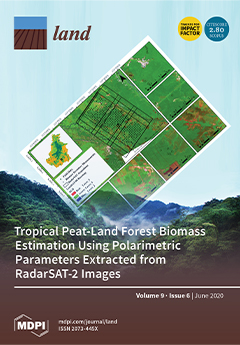Mass Appraisal Modeling of Real Estate in Urban Centers by Geographically and Temporally Weighted Regression: A Case Study of Beijing’s Core Area
The traditional linear regression model of mass appraisal is increasingly unable to satisfy the standard of mass appraisal with large data volumes, complex housing characteristics and high accuracy requirements. Therefore, it is essential to utilize the inherent spatial-temporal characteristics of properties to build a more effective and accurate model. In this research, we take Beijing’s core area, a typical urban center, as the study area of modeling for the first time.


